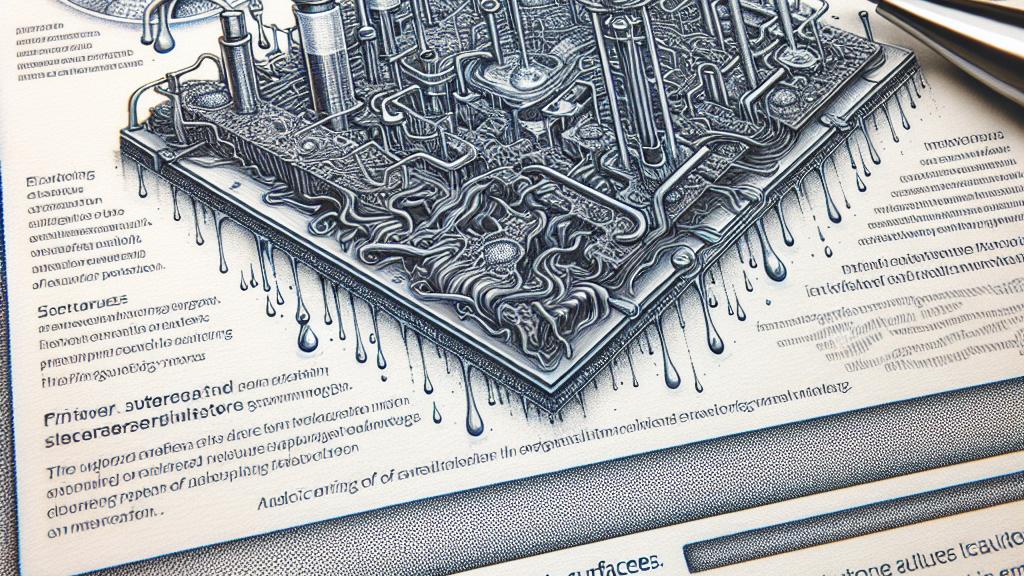Breakthroughs in Liquid-Repellent Surface Technology
Overview
- Griffith University researchers uncover groundbreaking mechanisms for liquid-repellent surfaces.
- The study highlights how innovative microstructures dramatically enhance liquid resistance.
- Potential applications span various sectors from self-cleaning technology to advanced medical devices.

Revolutionary Discoveries from Griffith University
In an exciting development from Griffith University in Australia, scientists are pioneering new insights into the world of liquid-repellent surfaces. Their innovative research dives into the fascinating realm of microstructures—specifically focusing on shapes known as re-entrant structures. These unique designs possess the extraordinary ability to repel liquids, such as water, in transformative ways. Featured prominently in the renowned journal Advanced Materials Interfaces, and even selected as an Editor's Choice publication, this research has generated significant buzz. Lead researcher, Dr. Navid Kashaninejad, passionately remarked, 'Understanding these mechanisms is not just an academic achievement; it revolutionizes our capacity to engineer materials for a host of practical applications across diverse industries.'
The Crucial Role of Microstructural Geometry
Throughout their meticulous investigation, the researchers concentrated on two noteworthy materials: silicon dioxide (SiO₂) and silicon carbide (SiC). While SiC is lauded for its natural hydrophobic properties, the study's key revelation was the astounding impact of geometrical configurations on liquid repulsion. They discovered that wider separations between these cap-like structures create air pockets that significantly enhance water resistance. This intriguing finding amplifies a crucial lesson: the combination of material selection and architectural design often unlocks pathways to innovation. For instance, these insights could lead to self-cleaning surfaces that are essential in industries grappling with demanding maintenance requirements, like solar technology and exterior coatings.
Transformative Applications and Future Innovations Ahead
The ramifications of these findings ripple across various sectors, unveiling countless opportunities for innovation. Imagine self-cleaning solar panels that not only minimize maintenance costs but also maximize energy efficiency by keeping dirt and grime at bay! In the dynamic field of healthcare, the development of liquid-repellent materials could lead to advanced medical devices that effectively curb bacterial growth, thus enhancing hygiene and safety for patients. Dr. Kashaninejad expressed hope that continued exploration of these material properties will lead to even more breakthroughs, paving the way for designs capable of withstanding extreme temperatures and harsh environments. Ultimately, this cutting-edge study positions Griffith University at the forefront of material science, where each breakthrough promises to enrich our daily lives and redefine industries as we know them.

Loading...